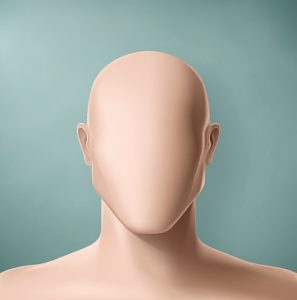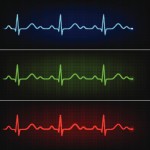One of the most prevalent health conditions in the United States today is obesity. Both children and adults are often classified as being obese and this can have very serious health consequences. There are numerous reasons that a person may be obese. While lack of exercise and poor eating habits are more commonly given as reasons for being obese, genetics and socio-economic factors may also be involved. Typically obesity is related to consuming more calories every day than are being expended.
Obesity is defined as a condition where a person has excess body fat. One of the ways that obesity is measured is by taking a person’s body mass index (BMI), which is calculated by their body weight in kilograms and dividing it by their height in meters squared. If the result is 30 or greater, that person is considered to be obese.
Being obese can have very serious effects on a person’s overall health. Some of the health conditions associated with obesity are:
• Diabetes
• Hypertension
• High Cholesterol
• Stroke
• Osteoarthritis
• Respiratory difficulty
• Sleep apnea
• Heart disease
There are a few ways that a person can prevent themselves from becoming obese. Since poor eating habits and behavior may be the cause of the problem, modifying these factors will be helpful. A conservative approach to treating obesity involves:
• Change eating habits
• Improve and increase physical activity
• consult with your physician for recommendations
• consult with a certified dietician
There are also different types of weight loss surgeries, known as bariatric surgery that can be performed. They are Gastric Bypass, that shrinks the stomach capacity into a small pouch so it won’t hold a lot of food and the Adjustable Gastric Band surgery which limits the amount of food that enters the stomach. If you would like to discuss surgical options for treating obesity with a physician at Flushing Hospital, please call 718-206-5486.
All content of this newsletter is intended for general information purposes only and is not intended or implied to be a substitute for professional medical advice, diagnosis or treatment. Please consult a medical professional before adopting any of the suggestions on this page. You must never disregard professional medical advice or delay seeking medical treatment based upon any content of this newsletter. PROMPTLY CONSULT YOUR PHYSICIAN OR CALL 911 IF YOU BELIEVE YOU HAVE A MEDICAL EMERGENCY.









